Clavicle Fractures
The clavicle (collarbone) is the prominent bone on either side at the front of your shoulders and top of chest (see Anatomy ). The clavicle is the only bony link between the shoulder and the body itself, as well as providing protection to important underlying blood vessels and nerves.
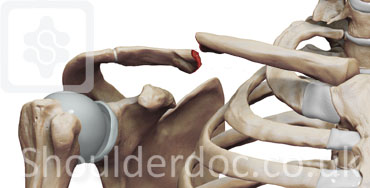
Clavicle fractures make up 5% of all fractures, so are not uncommon. It is a common injury in contact sports (rugby, martial arts) and impact sports (such as horse and motor racing).
A clavicle fracture is sustained by a direct blow to the clavicle, such as in a fall or accident (eg. fall from a horse is a common mechanism).
Clavicle fracture fixed with reconstruction plate and screws:
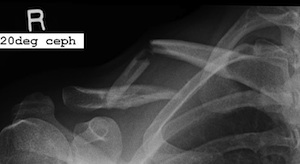
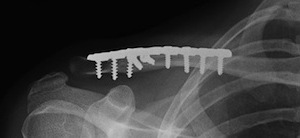
Treatment:
Most clavicle fractures are mainly treated in a sling for about 4-6 weeks. Clavicle braces may provide more comfort if applied correctly and align some fractures in a more stable position. 
However complete healing can be slow and may take up to 3-6 months. After 6 months about 15% of clavicle fractures still may have not healed. This is known as a "nonunion".
Early fixation of clavicle fractures has some advantages, such as:
- Earlier return to work and activities
- Less pain (a the fracture is stabilised)
- Better chance of healing (as the bone ends are lined up together)
- Less chance of deformity (mal-union)
However, there are potential complications, which include:
- risk of infection
- risk of numb patch below scar
- possible scar problems (which could be cosmetically unattractive)
- failure of fixation
Therefore, the decision to perform surgery is not undertaken lightly. A surgeon may be more likely to offer early surgery in the following circumstances:
- multiple fractures
- associated scapula fracture ( floating shoulder )
- open (compound) fracture
- associated nerve or blood vessel injury
- very displaced fracture (tenting the skin)
- overlap of the fracture ends causing shortening of the clavicle
- high velocity injury with multiple bone fragments (comminuted)
- professional sports person
The standard method of fixation is a rigid plate and screw fixation. New plates are designed specifically for the clavicle and are low profile and very strong. This allows early mobilisation and other advantages over the older systems. Nailing of the clavicle is a technique suitable for more simple, less displaced and lower velocity clavicle fractures. It is particularly suitable for growing children and adolescents. A second operation is required to remove the nail.
I like to use the non-union prediction calculator , developed by Robinson et al. to assist in my decision making. This information is helpful to patients when discussing the pros and cons of the treatment options.
For more details about the surgery click here
Clavicle Nonunion
If the clavicle has not healed by 3 months it is called a 'nonunion'. These are usually painful and require surgical fixation.
The surgery involves fixing the clavicle with a plate and screws, plus adding bone graft to aid the healing.
Clavicle Malunion
If the clavicle heales in a displaced position, this is called a 'malunion'. This is accompanied by a step (deformity) in the clavicle.
This can lead to ongoing shoulder problems, especially in athletes and manual workers. Significant shortening of the clavicle can alter the normal alignment of the shoulder girdle leading to dysfunction with high demand activities.
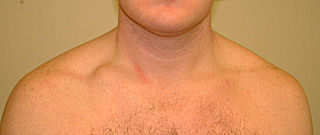
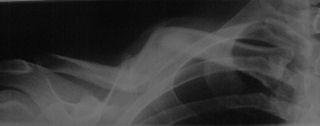
Clavicle malunion on right side
Also see:
- Clavicle Malunion. Chan & Jupiter - JSES. 1999.
- Short malunions of the clavicle: An anatomic and functional study
- Closed treatment of displaced middle-third fractures of the clavicle gives poor results


